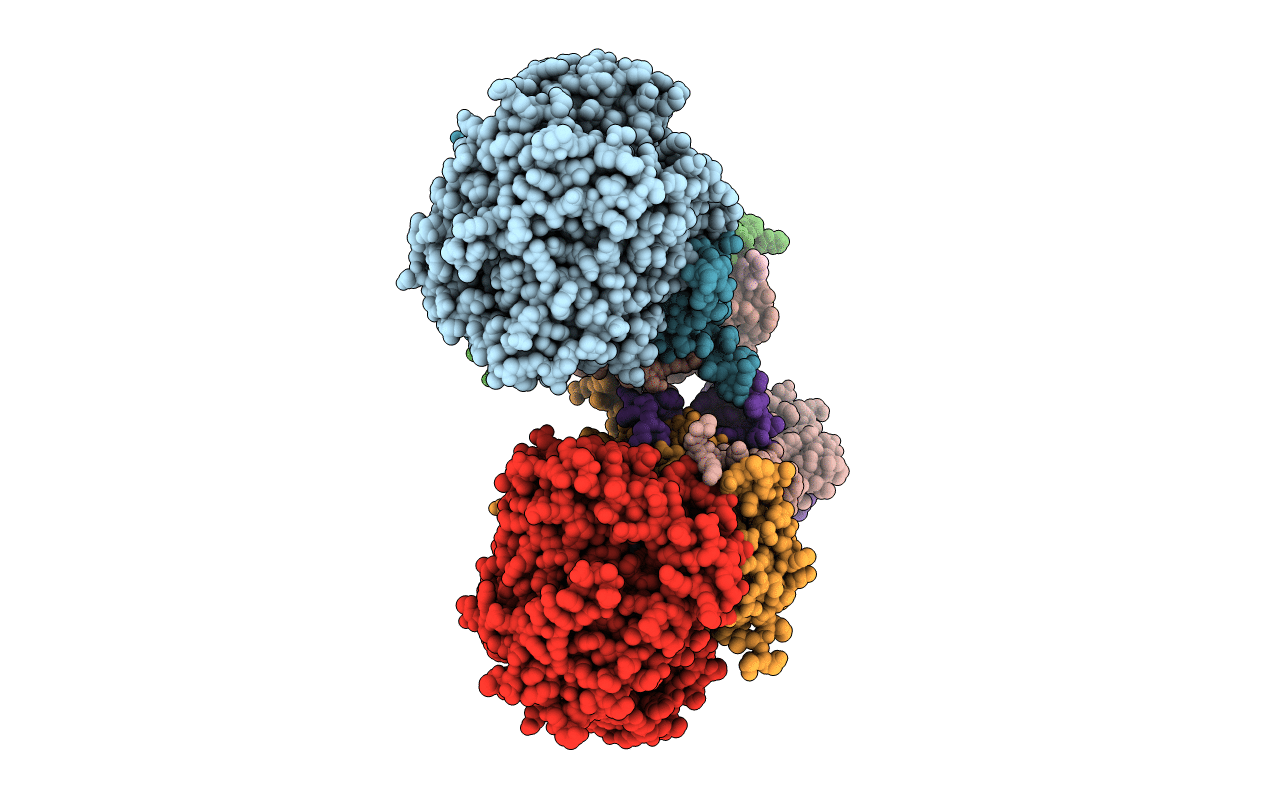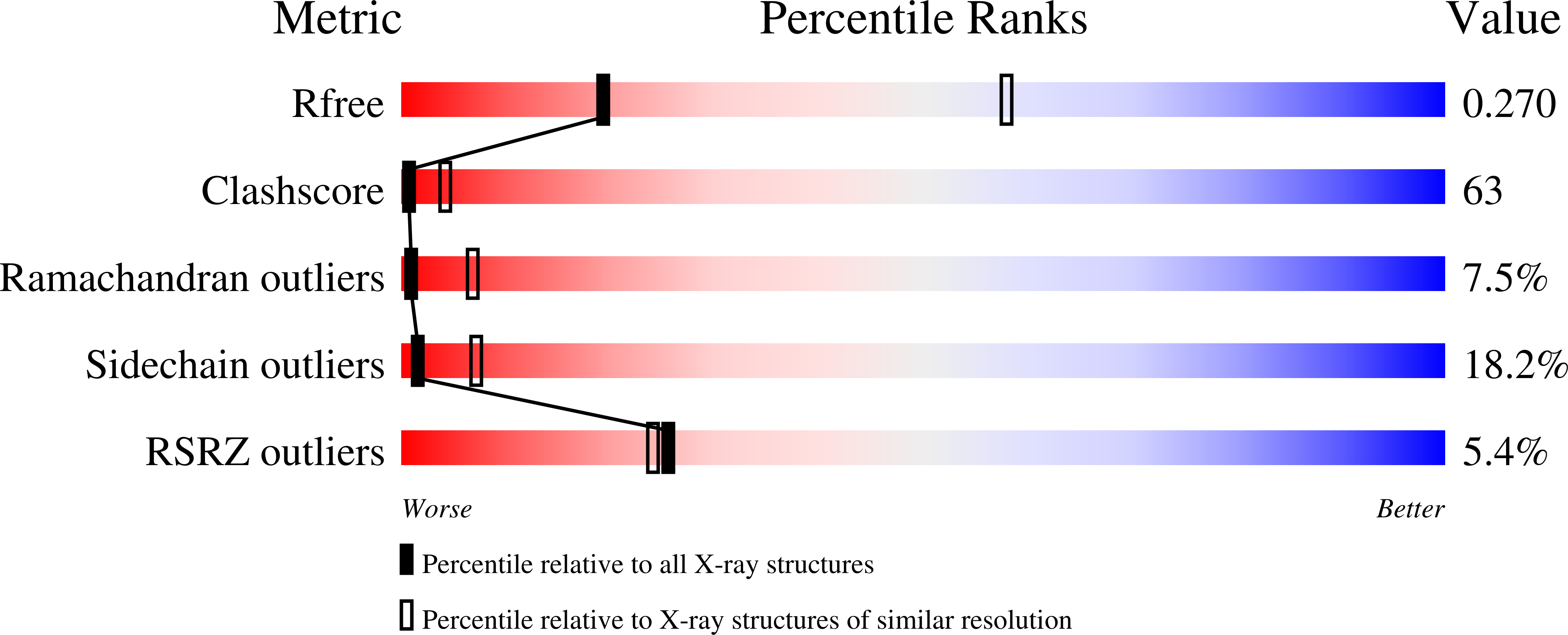
Deposition Date
2005-10-03
Release Date
2006-02-21
Last Version Date
2023-08-23
Method Details:
Experimental Method:
Resolution:
3.30 Å
R-Value Free:
0.28
R-Value Work:
0.24
Space Group:
P 21 21 21


